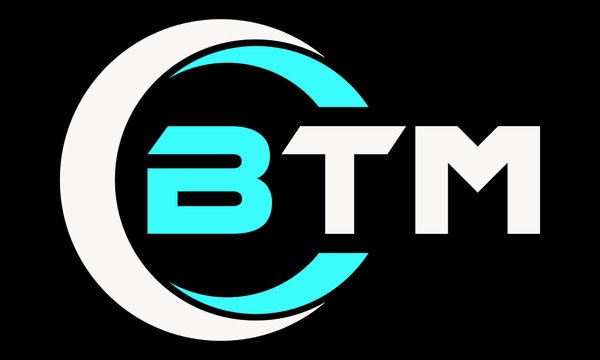Have you ever wondered what separates poker pros from amateurs? While luck is certainly an important factor, a few important skills must be mastered to succeed at poker. This article will discuss the winning secrets professional WSOP (World Series of Poker) players use to outplay their opponents. With these strategies, you’ll have all the tools necessary to become a competitive force at any table!
1. Understand the Basics of Poker
It may seem obvious, but the basics of poker are essential for success at the table. Knowing the betting structures, rules, and starting hands should all be second nature to a great poker player.
Most games are no-limit, but other common variations include pot-limit and fixed-limit. No-limit means that you can bet as much as you want, pot-limit is when you can raise up to the total pot size (current pot plus a call from the raising player), and fixed-limit has predetermined betting amounts.
Knowing the rules for different games is also important, as this will affect how you play the game. For example, texasholdem rules state that players may make their hand using any five of the seven cards available (the player’s two hole cards plus the five community cards on the table), while in Omaha, a hand must be constructed with exactly two of the player’s four hole cards and three of the five community cards.
Lastly, knowing which hands are considered strong and which should be folded will be crucial to making the right play at the start of a hand. Big pairs and high suited connectors are generally always played, as they are either strong by themselves or have a high chance of making a strong hand in later streets. Offsuit hands with large gaps should be folded immediately, as their chances of improving are too slim to justify the risk.
2. The Recommended Playstyle for Beginners
Beginners should focus on familiarizing themselves with the game rather than trying to become competitive immediately, and the safest way to do this is to play tight-aggressive. This means only entering pots with strong hands and betting or raising more often than checking or calling. This reduces the chances of making mistakes and allows you to take control of the pot.
Once you are more confident and comfortable with the game, you can transition to a loose-aggressive style, which involves playing more hands but still betting or raising often when they do enter pots. While playing loose means playing more hands, you should still focus on playing good ones. The focus of this playing style should be dictating the action in the pot. This means betting or raising to make your opponents fold or force them to call with unfavorable pot odds.
3. Adjust Your Play Based on Table Position
Table position is one of the most important aspects of poker, as it dictates how much information you have about your opponents when making decisions. Being in a late position means that you have more information than those seated early, so you can use this to your advantage and play a wider range of hands. In early position (blinds and under-the-gun), you should mostly be playing only premium hands.
4. Utilize Bluffing and Betting Techniques
Bluffing is an important tool in poker, as it allows you to win pots without having the best hand, but it can be easily abused if overused. A safer way to win pots is to semi-bluff, which is almost the same as normal bluffing except your hand has a chance to improve into a winning hand on later streets.
Betting techniques are also key to winning more money. Check-raising is a simple example of this: you check to give the impression that you have a weak hand but then re-raise when your opponent bets. This can be done with strong hands to extract more value or with weaker hands as a bluff.
5. Manage Your Bankroll Wisely
Before playing poker, it is important to set up a poker bankroll. This will help you manage your money and prevent you from touching money you shouldn’t. You should have at least 30 buy-ins worth of money to act as a cushion in the case of a losing streak. If your bankroll starts to grow, consider moving up in stakes for more profit potential, but if you’re running low, don’t hesitate to move down in stakes to protect your bankroll.
6. Practice Regularly
The best way to improve at poker is to practice regularly. A convenient way to do this is to download the WSOP app and play WSOP online with players worldwide. The biggest advantage of playing online is that you can do so from home; there is no need to worry about traveling or tipping the dealer. And due to the abundance of online players, you can find a table at almost any time of the day.
Photo by iStockphoto
7. Analyze Hand Histories for Improvement Opportunities
After each session, you should take some time to review your gameplay. Most online poker sites have a hand history feature that allows you to review the hands that you’ve played. You can also use third-party tracking software if you are playing on a site that does not have this feature. Going over your hands and looking for mistakes and areas for improvement is an essential part of the learning process, so don’t skip this step.
Conclusion
The key to becoming a successful poker player comes down to understanding the game, playing according to your skill level, and managing your bankroll. Being able to adjust based on table position and utilizing bluffing and betting techniques are also important skills that help you win more money in the long run. Lastly, practice regularly online or with friends at home, and analyze your hand histories for improvement opportunities. With these tips, you’re ready to start playing at GGPoker, the world’s largest poker room!






